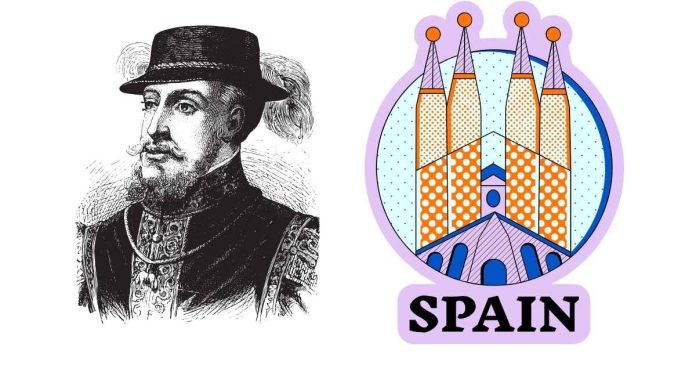The question of whether Spaniards are considered “white” is complex and can depend on different cultural, historical, and social contexts. In terms of physical appearance, many Spaniards have lighter skin tones that might fit traditional Western definitions of white or Caucasian, but Spain’s history and geography have contributed to a diverse population.
Historical and Geographical Context: Spain has a rich and diverse history due to its location on the Iberian Peninsula, which has been a crossroads for various cultures and civilizations over millennia. The Iberian Peninsula was influenced by the Celts, Romans, Visigoths, Moors, and others, meaning there is significant genetic diversity among Spaniards.
Ethnic Diversity: Many Spaniards, especially in the northern regions like Galicia or the Basque Country, may have lighter skin, hair, and eyes, which could align with the “white” label. However, in southern regions such as Andalusia, there may be more diversity in appearance due to historical interactions with North Africa and the Middle East, particularly during the period of Muslim rule (711–1492). As a result, some Spaniards may have darker skin tones, more Mediterranean features, or a mix of ancestry from various regions.
Social and Cultural Identity: In the context of modern-day Spain, identity can vary widely, and “whiteness” is not necessarily a significant factor in how Spaniards view themselves. Some may identify with a regional or national identity more strongly than by racial or ethnic categories. In the U.S., for example, many Spaniards may be categorized as “white” in demographic surveys, but in Spain, racial categories may not always hold the same significance.
In summary, while many Spaniards may be considered white in certain contexts due to their European ancestry and physical characteristics, Spain’s history and diversity make racial and ethnic identity more complex.



